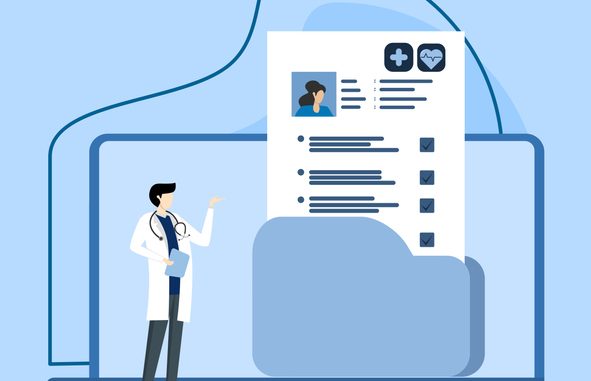
As reported by Management in Practice, GP practices can now destroy Lloyd George paper records after proper digitisation, streamlining administrative processes and improving access to clinical information
Practice managers must also approve the secure destruction of the records and ensure this is done correctly, as practices are the data controllers for the records.
NHSE guidance released in November on the Digitisation of Lloyd George (LG) records sets out in detail the best practice processes for planning, preparation, scanning, storage, destruction and management of paper records.
For example, it covers aspects such as working with suppliers who provide scanning services, how practices should validate the quality of digitised LG records and how original paper records should be destroyed safely and securely.
This document can be accessed on the FutureNHS collaboration platform (a login is required).
Each year around six million paper LG records are handled by Primary Care Support England (PCSE).
PCSE has warned that although LG paper records can be destroyed once successfully digitised, for a patient transferring from England to Ireland, Scotland or Wales, a practice will still need to print out a summary record due to GP2GP not working for this transfer.
Lloyd George records, first used in 1911, when the politician David Lloyd George introduced a national health insurance scheme for low-paid workers, were stopped in January 2021 as the first step in the digitisation of GP records.
The aims of this move include reducing the administrative burden on practices, improving clinical safety, making access to clinical information easier, saving space in premises and reducing the environmental impact of printing records.



Be the first to comment